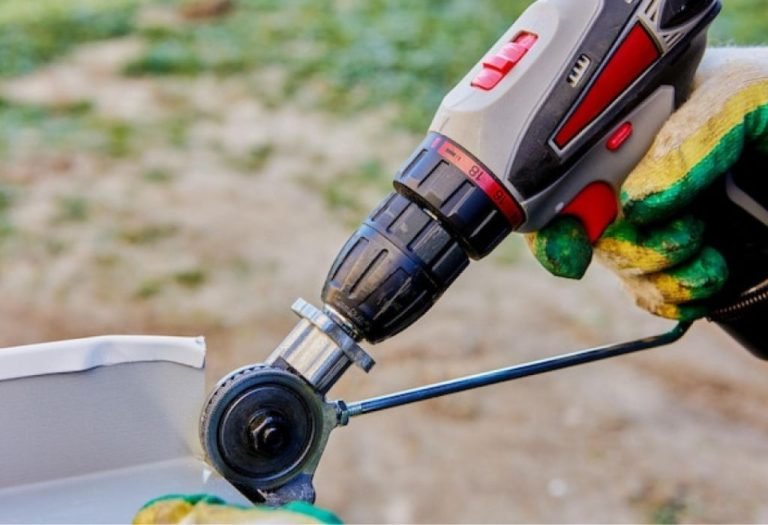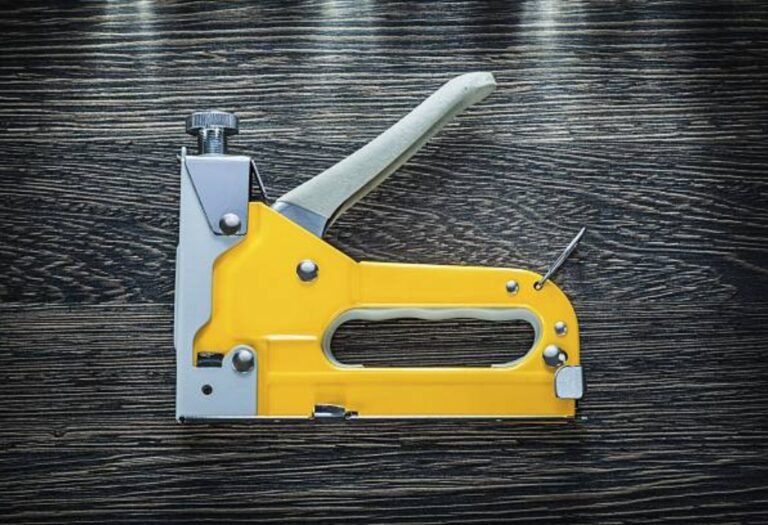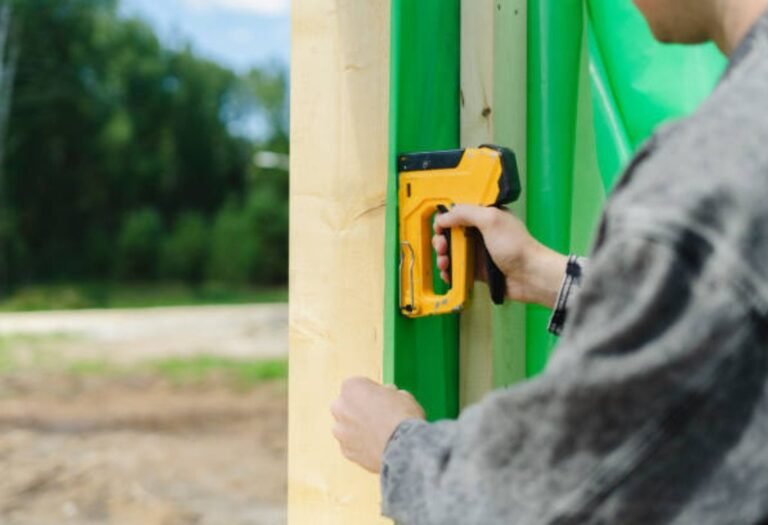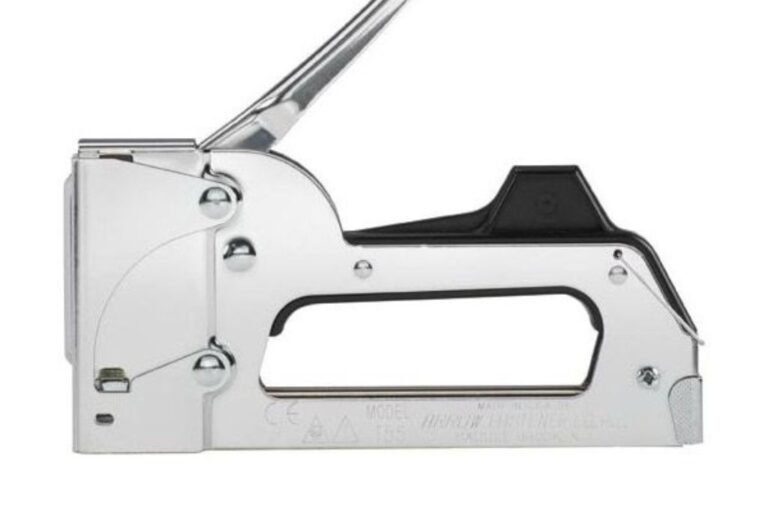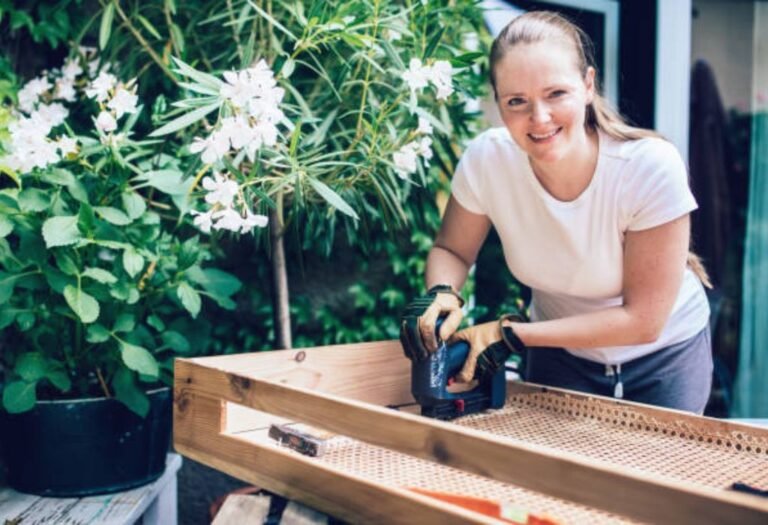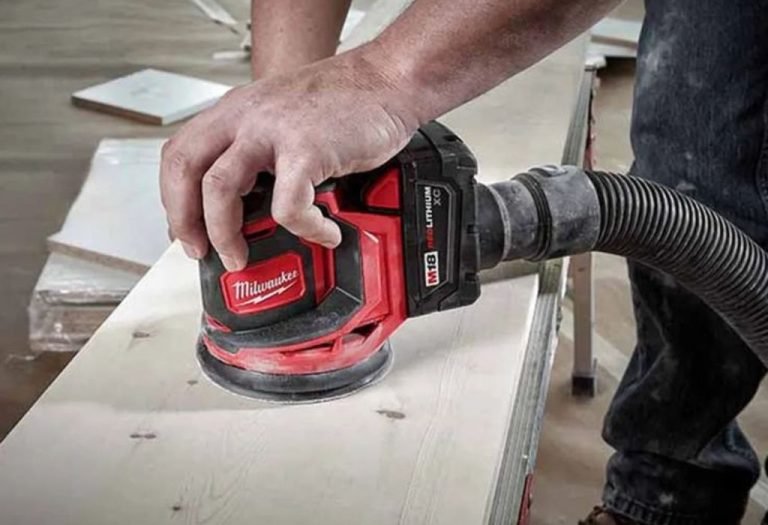Can I Use My iPhone as a Stud Finder? Full Guide
Every DIY project begins with a simple challenge, and one of the most common is figuring out where the wall studs are located.
People often ask, can I use my iPhone as a stud finder, because it seems like the fastest and cheapest solution.
Smartphones already work as flashlights, compasses, tape measures, and even bubble levels, so why not add stud finder to the list.
The reality is that a wrong guess can turn a fun home project into a costly mistake with damaged drywall or misplaced anchors.
Even worse, drilling blindly into the wall could strike electrical wiring or plumbing pipes, leading to safety risks and expensive repairs.
Statistics show that over 70% of home improvement projects involve mounting something on the wall, which makes accurate stud detection essential source.
The iPhone has sensors like a magnetometer and gyroscope that can detect magnetic fields and measure movement, which some apps use to estimate stud locations.
These apps can identify screws and nails within studs, but they cannot directly detect the wood itself, making accuracy a constant concern.
Free apps provide basic functionality, while paid versions paired with external devices such as Walabot DIY can deliver far better results.
Still, relying only on an iPhone for heavy-duty tasks like mounting a flat-screen TV or large cabinets carries more risk than benefit.
The real question is not only whether you can use an iPhone as a stud finder, but whether you should trust it as your primary method.
This article explores the truth behind the claim, reviews the best iPhone apps, explains how the sensors work, and compares them to real stud finders.
By the end, you will know exactly when your iPhone is good enough for the job and when a proper stud finder is the safer choice.
Can I Use My iPhone as a Stud Finder?
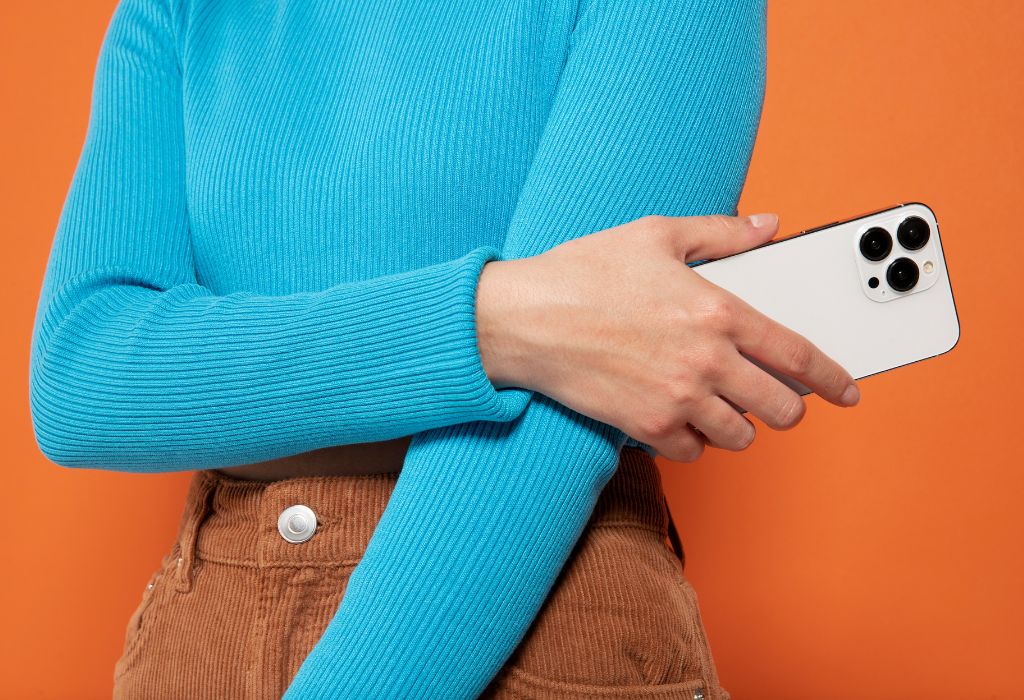
An iPhone cannot directly detect wooden studs behind drywall, since it lacks sensors for density or thickness. However, it can identify nails, screws, and metal fasteners embedded in studs using its magnetometer.
This means your iPhone works more like a magnetic stud finder than an electronic one. It detects metal near studs but not the studs themselves.
Accuracy is limited, and results vary depending on wall thickness, materials, and placement of fasteners. Some walls may hide studs too deeply for the magnetometer to detect.
Still, with the right app, your iPhone can be an inexpensive helper for light DIY projects. It should not replace a professional-grade stud finder for heavy installations.
Does an iPhone have a built-in stud finder?
No, but it has sensors that apps can adapt for stud detection.
Can my iPhone detect wooden studs?
Not directly, it only identifies metal fasteners like screws.
Is this method reliable?
It works in some cases but is less precise than real stud finders.
Will drywall thickness affect results?
Yes, thicker walls reduce detection accuracy.
Best Stud Finder Apps for iPhone
Several apps turn the iPhone into a basic stud finder. These apps use the magnetometer and sometimes AR to map possible stud locations.
Popular choices include Walabot DIY, Stud Finder by Magnetic Detector, Bosch MeasureOn, and MultiMeasure AR apps. Some work alone, while others require external sensors.
Walabot DIY is the most advanced option, as it pairs an iPhone with a scanning device. This allows detection of wood, pipes, and wires with greater precision.
Free apps usually focus only on magnetic detection, which can be hit or miss depending on wall conditions. Paid apps paired with hardware provide better accuracy.
Which iPhone app works best for stud finding?
Walabot DIY with its external device is the most accurate.
Are free stud finder apps reliable?
They may work for locating nails but not wooden studs.
Do AR-based apps improve results?
They help visualize wall layout but cannot see studs directly.
Should beginners use free or paid apps?
Free apps are fine for small tasks, paid ones suit bigger projects.
How iPhone Sensors Help in Stud Finding
The iPhone’s magnetometer is the key sensor behind stud finder apps. It measures magnetic field changes, which can reveal hidden screws or nails.
The gyroscope and accelerometer allow apps to align scans and display smoother readings. Augmented reality overlays enhance user experience.
Limitations remain, since the iPhone cannot sense wood density or wall thickness. Metal detection only works if fasteners are present in predictable spots.
Some apps combine the magnetometer with AI algorithms to estimate stud spacing. This helps since most studs are 16–24 inches apart.
What iPhone sensor detects studs?
The magnetometer detects changes in magnetic fields caused by metal.
Can AR apps see through walls?
No, AR only provides a visual guide, not direct detection.
Can the flashlight help?
It illuminates surface clues like seams or outlets but not hidden studs.
Are stud spacing estimates accurate?
Yes, most homes follow standard 16–24 inch spacing.
Alternatives to Using an iPhone as a Stud Finder

A dedicated stud finder remains the most reliable tool for wall projects. Both magnetic and electronic stud finders are inexpensive and widely available.
The knock test is another classic method, where a hollow sound suggests no stud, while a solid sound suggests one. It requires practice to be effective.
Electrical outlets and switches also provide clues, as they are usually attached to studs. Measuring outward from an outlet can help locate nearby studs.
Professional wall scanners provide the highest accuracy, especially for construction or remodeling work. These devices detect pipes, wiring, and studs all at once.
Are stud finder tools more accurate than apps?
Yes, dedicated devices are designed for precise detection.
Can knocking on walls reliably find studs?
Yes, but accuracy depends on skill and wall type.
Are electrical outlets a clue to studs?
Yes, outlets are normally fastened to studs.
Do pro wall scanners replace stud finders?
Yes, they detect more objects but cost much more.
Tips for Safely Locating Studs
Marking with a pencil helps track possible stud locations before drilling. Double-check each mark with multiple methods for safety.
Avoid drilling near electrical wiring, which often runs alongside studs. Using a circuit tester prevents accidents.
Measure from a corner, since studs are typically placed at 16–24 inch intervals. Consistency in measurement increases accuracy.
Start with small pilot holes if unsure. This minimizes wall damage and confirms stud presence before full installation.
How far apart are studs in most homes?
Usually 16 to 24 inches apart depending on construction.
Can wiring interfere with detection?
Yes, especially in older homes with irregular layouts.
Is a pencil mark useful?
Yes, it helps track and verify positions.
Should beginners drill directly?
No, always use small pilot holes first.
Pros and Cons of Using an iPhone as a Stud Finder
The main advantage is convenience, since the iPhone is already in your pocket. Apps are either free or very affordable.
It also helps with light DIY projects where extreme accuracy is not critical. Quick checks can be done without buying another tool.
The downside is reduced accuracy compared to dedicated devices. iPhones cannot detect wood directly, only metal fasteners.
Apps may also struggle with thicker walls or unusual construction. Reliance on sensors alone is not foolproof.
What is the biggest benefit of iPhone stud finder apps?
Convenience and cost savings for small tasks.
What is the biggest drawback?
Lower accuracy than dedicated stud finders.
Can they replace stud finders completely?
No, they should be seen as supplemental tools.
Are they good for beginners?
Yes, as long as expectations are realistic.
Expert Recommendations

For small DIY tasks, an iPhone app can help locate fasteners. It works best when combined with other methods like knocking.
For larger projects such as mounting a TV or heavy shelves, a dedicated stud finder is strongly recommended. The investment is minor compared to the cost of errors.
Walabot DIY is the best app-hardware combination for serious users. It bridges the gap between smartphone apps and professional scanners.
Beginners should test free apps first to understand limitations, then invest in a device if projects increase in scale.
Which method is best overall?
Dedicated electronic stud finders offer the best accuracy.
Should pros rely on iPhones for stud finding?
No, pros should use specialized tools.
Is Walabot worth the cost?
Yes, if frequent scanning is required.
Can DIYers stick with free apps?
Yes, for light projects like picture hanging.
Conclusion: Can I Use My iPhone as a Stud Finder?
The iPhone can function as a basic stud finder with the right apps, but it cannot directly detect wooden studs. It relies on metal fasteners and estimated spacing.
This makes it useful for small household projects, but risky for major installations. Accuracy drops in thick or irregular walls.
Dedicated stud finders remain the gold standard for safety and precision. They are inexpensive and far more reliable than app-based solutions.
The best approach is to treat your iPhone as a backup tool while keeping a real stud finder for important work. That balance ensures both convenience and accuracy in every DIY project.

I’m Michael R. Turner, the founder, lead writer, and passionate DIY enthusiast behind 101diytools.com. With years of hands-on experience in home improvement and power tools, I built this platform to share practical tips, in-depth guides, and honest reviews to help DIYers of all skill levels tackle projects with confidence and the right tools.

